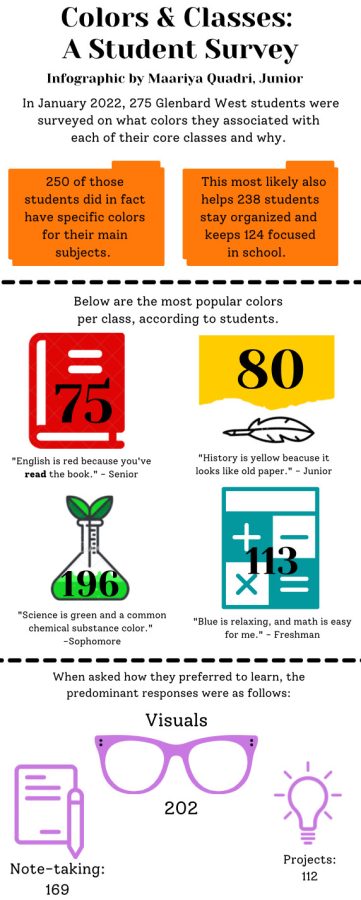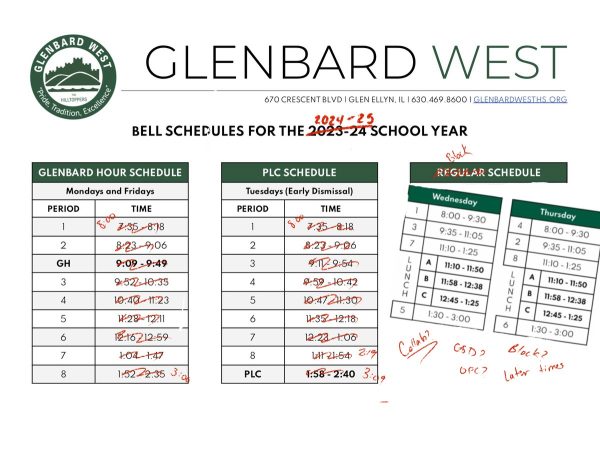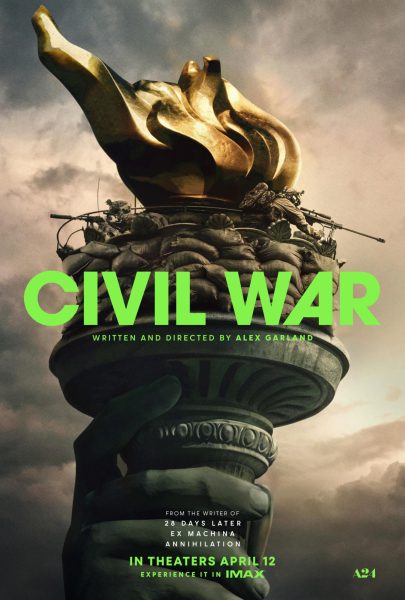Colors & Classes: A Student Survey
Color. It’s not something we think about very much, yet we’re constantly surrounded by it. This is obviously the case within school as well, whether it’s the green and white Glenbard West colors or the multicolored pens in your bag. On the topic of school supplies, have you ever stopped to consider the fact that you inadvertently may associate certain colors with different classes? To find out for themselves, 275 students from all grade levels took a survey to see what colors they believed fit with their classes and why. This, of course, sparked many debates and conversations outside the classroom as well, offering a unique connection between students as they discussed this rare topic. Let’s see what they had to say.
There was an overwhelming amount of students who did associate specific colors with specific subjects, seemingly for no particular reason other than just a strong mental connection between the two, as seen in the most votes given to red for English (one student humorously connected red with English since one has to have read the book). Students were also careful to choose colors that brought them happiness or positivity for the classes they enjoyed the most to enhance their school experience. For example, math is a controversial subject, as students’ opinions either love it or hate it, rarely with any median. In fact, the number of students who chose colors because they had a positive connotation to it (30) was exactly the same as students who chose colors in distaste (30)! Students also chose colors that matched what they associated with the subject, such as the majority of students who chose green for science as it reminded them of nature or the color of chemical substances. Along with that, history was associated with yellow the most, possibly because multiple students thought it resembled aged paper.
In terms of other aspects of color within school, 76.8% of students consider themselves relatively organized. This makes sense, considering the 90.9% that sort their school subjects by color to make how they learn easier. The majority of students (73.5%) prefer visual learning and consider it most effective. Perhaps if more visuals and color were used in the classroom, students would find it easier to be engaged in the lesson rather than just the 45.1% who stated that focusing in class was easy for them. The remainder of participants either did not consider focusing in school easy overall, or found certain classes more disinteresting than others.
After this survey, teachers can hopefully create a more absorbing and productive learning environment, and students can reflect on the discussions they’ve had on this topic to be more open-minded and constructive members of society.

Maariya Quadri is a senior at Glenbard West and an editor of The Glen Bard. In addition to newspaper, she enjoys baking, reading, and taking pictures of...









